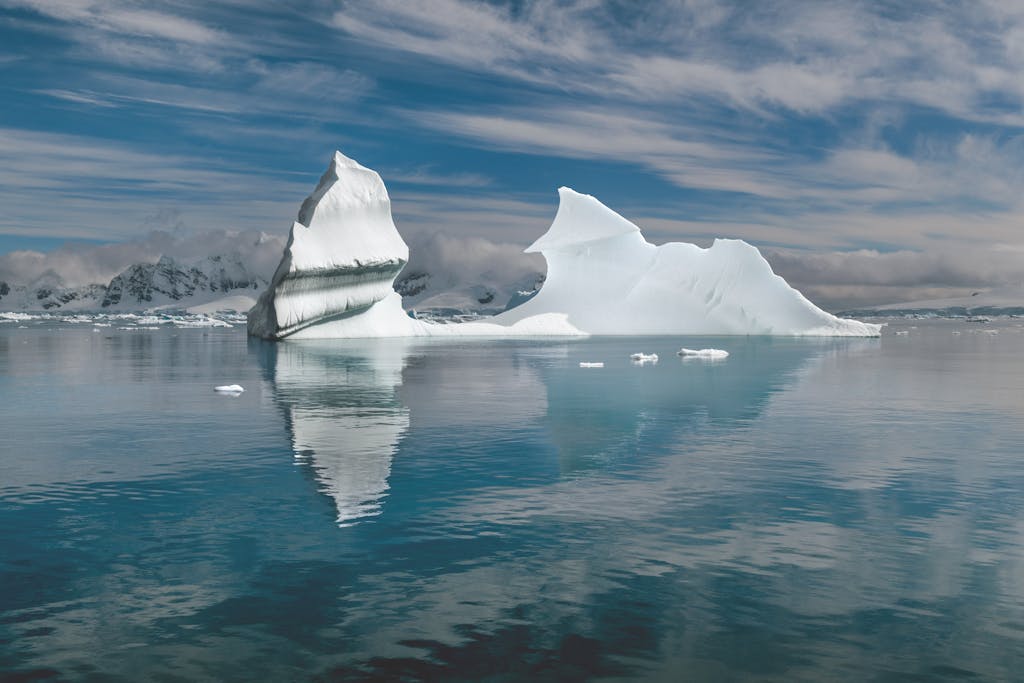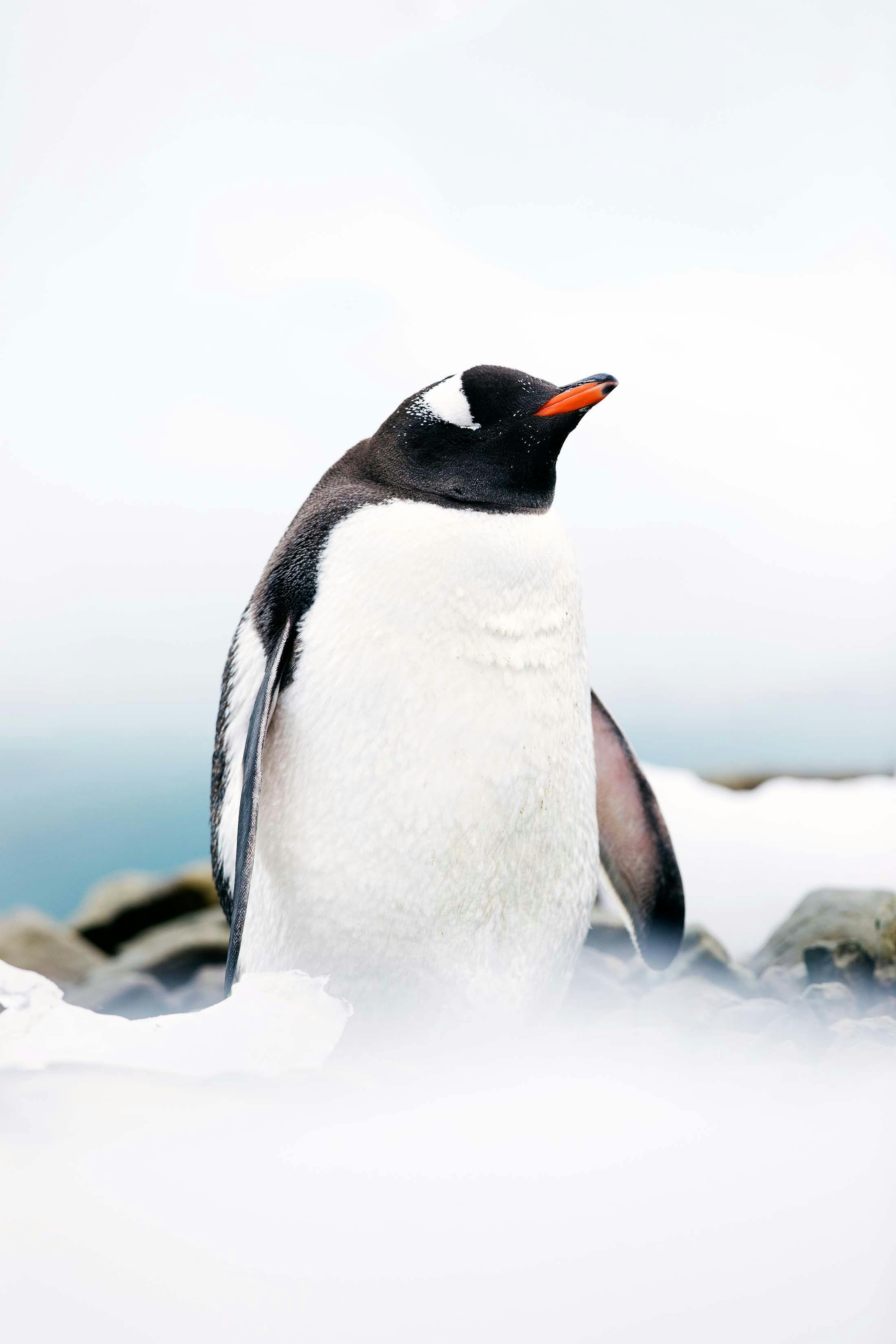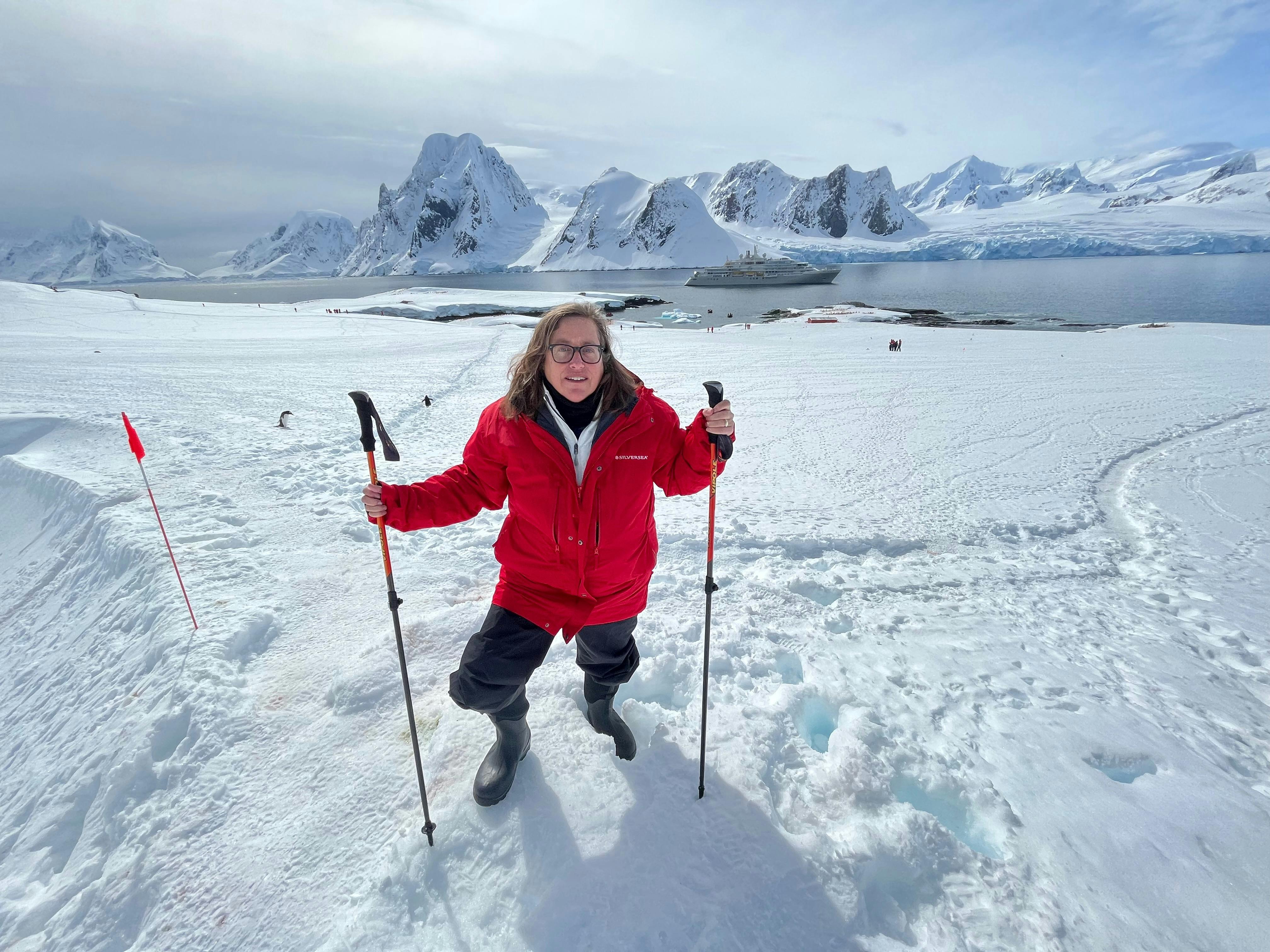Conrad Combrink, Silversea’s Head of Expeditions, on Why He Loves Antarctica So Much
This story originally appeared as part of a partnership content package with Silversea and Cruise Critic.
We sit down with Silversea’s Conrad Combrink, Senior Vice President of Expeditions, Turnaround Operations and Destination Management – who has been to Antarctica more than 80 times – to find out why he keeps returning, what makes Antarctica so special and what travelers can expect.
Why I love Antarctica: It is one of the Earth’s last wildernesses
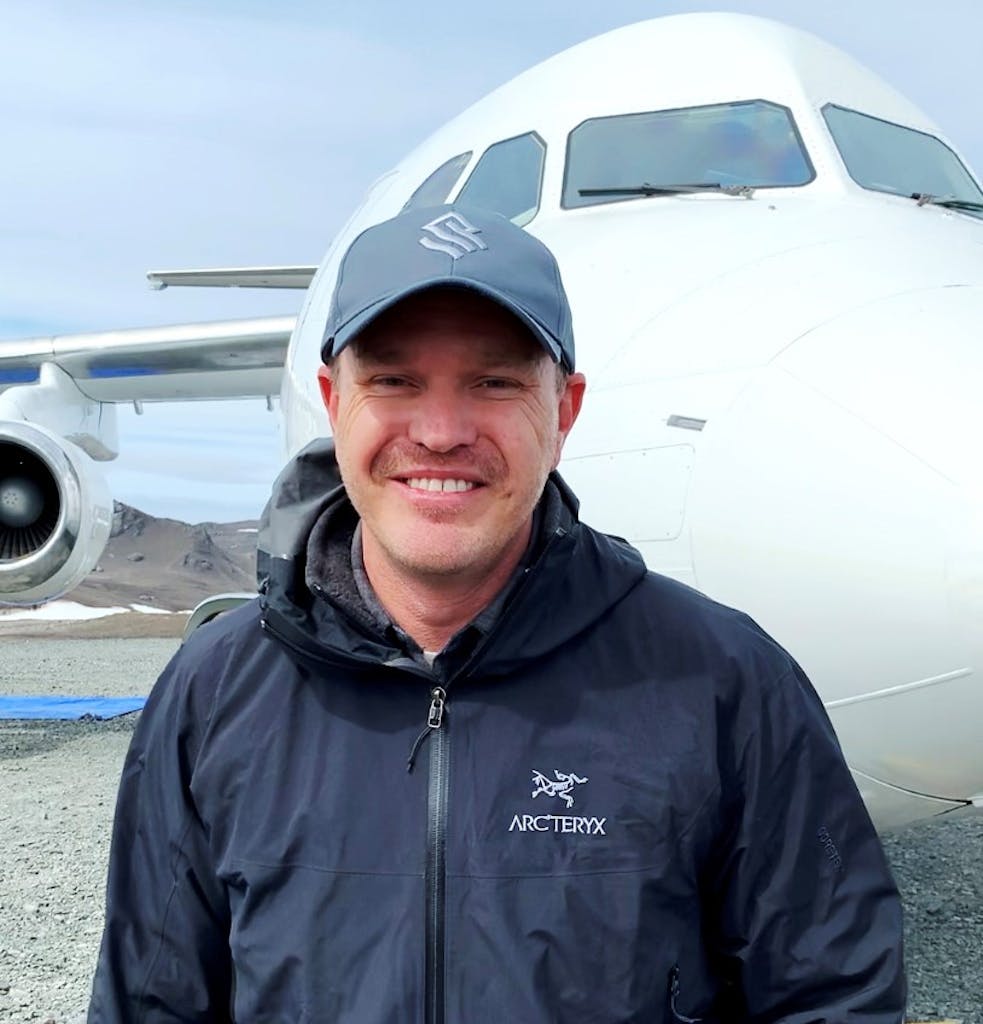
Conrad Combrink: It’s one of the last true wilderness areas. You’re in a part of the world for me in which you truly cannot control the environment. There’s something special that we still have a place to go in the world where we are just part of it, not controlling it.
This is wild; this is truly, truly wild. We are the participants of any event that happens in Antarctica. We don’t control it. We don’t control the wildlife.
But I also think for me it’s really special because Antarctica, the way we see it today, is still that dangerous place that [Ernest] Shackleton, [Road] Amundsen, [Robert Falcon] Scott, those explorers of early years, saw 150 years ago.
We often disconnect with the fact they were real people. We see photos of these expeditions, and they are black and white. We see forms of these expeditions, and they are very rough, very rudimentary, but they were ther. They saw the same sights we saw; they saw the same beauty, the same danger.
The difference, of course, today, is we have technology, we have these sophisticated ships, and we as an industry have made it far more accessible, but it is still a dangerous, wild, inhospitable place.
How can Antarctica be the same as it was when the first explorers first set eyes on it, yet different every time you visit?
Combrink: I have been more than 80 times, and every single time it’s different. This trip we went on [in November 2022, Silver Endeavour‘s maiden voyage] maybe you didn’t see whales, but the next trip you go on, you have a whale next to your Zodiac.
You know which landing sites you are going to, but you may not know what you are going to see when you get there…. Is the weather going to allow you to go to shore? Are the ice conditions going to allow you to go to shore? Last week there was ice; this week there’s no ice.
You never know what you’re going to find when you go. So, yes, it’s the same. Antarctica is the same rough, inhospitable place, but in terms of the feelings that you have, the emotions that you feel, that’s different every time.
Is that the driver for you, the fact that you will have these different experiences every time?
Combrink: I think the driver for me is the fact that it really is one of the last places on Earth where we have no control, and I come back to that again and again. Everything in our daily lives is so planned. We like to be in charge of everything, and this is truly the one place in the world that is very much out of our control.
Why does that untamed aspect appeal to you? Is it the contrast that appeals?
Combrink: It’s exactly that, the contrast. We are in an industry where we plan. Spontaneity takes a lot of planning. That’s what we do. We think about the guest experience, the guest journey, from start to finish, and it’s almost an expectation from our guests: Control everything, every element of their experience with us. the food, the destination, the wine, everything.
So in this world that we live in, the world that we created, where everything has to be neatly packaged, the idea to go into an environment where we don’t have that control is really appealing to me. And probably it is because, at heart, I am a bit of an adventurer. I’m not a Shackleton and I’m not a Scott and I’m certainly no Felicity Aston (the godmother of Silver Endeavour).
But the reality is I started in this industry, and I fell in love with expedition cruising and how untamed it was and how wild it was when I started three decades years ago, and for me Antarctica, the Arctic…remain unchanged.
What are your most compelling memories of Antarctica?
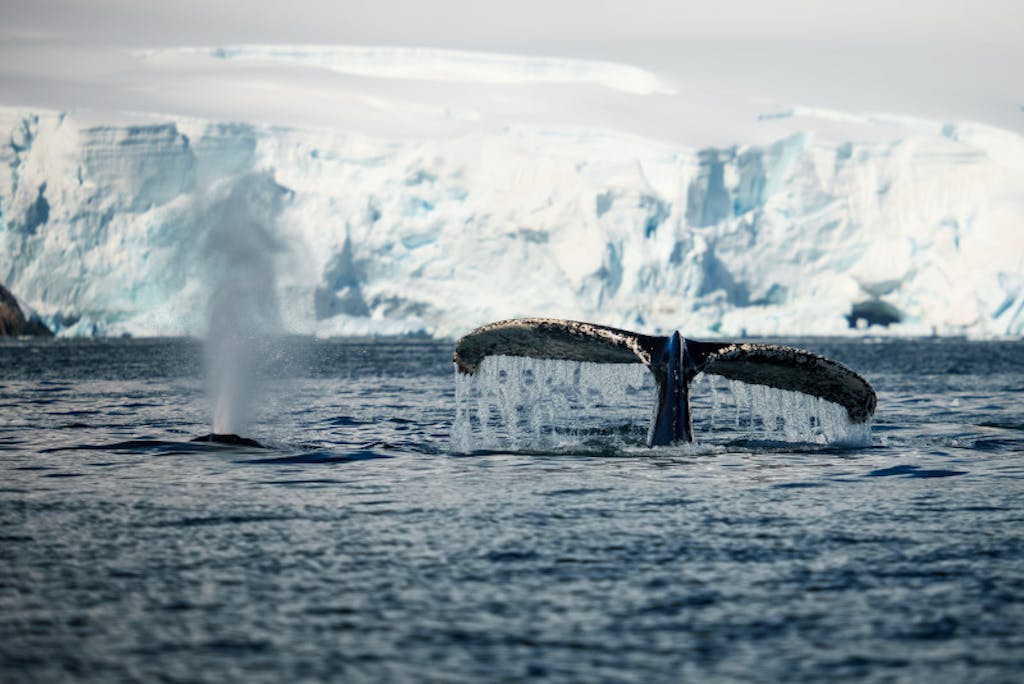
Combrink: There are two memories that really, really stand out for me, great memories. About 10 years ago, we were in Neko Harbour, and we saw a lot of humpback whales in the bay and we decided to do a Zodiac cruise with our guests. This was on Silver Explorer.
And we were cruising, and we had a couple of blows out in the distance and we were getting closer and closer. We stopped the Zodiac, and this whale kept on getting closer and closer to us, and we realized it was a mother and a calf.
We switched the engine off and we were just drifting. It was one of those beautiful calm days, not a breath of wind, no ice around us. You heard the blow, and it was getting closer and louder and closer and louder. Eventually this whale – a 40-ton animal – just started swimming under the surface, under our boat, like a meter below. And he would turn and twist and she would spy hop – when they stick their heads out of the water – literally next to the boat. Then her head would go down, and she would push her calf to the surface almost as if she were saying, “Hey look at these animals!” We could see every crease on her face and look into her eye/ This carried on for a good 20 or so minutes.
There was not a dry eye on the Zodiac.
For me that was one of the most incredible experiences I have ever had. It’s so difficult to explain the feeling unless you have experienced it yourself.
The other very personal memory was when I was working as Expedition Leader. It was at Elephant Island, which is where Shackleton left his men, where his men spent many months while he went across to South Georgia. It’s this tiny, tiny beach and it’s a really rough place, almost impossible to get onto this beach, and I managed it. My first time to get people on to the beach at Elephant Island! I mean. that’s super rare to be able to do that.
That was wonderful to stand on the same place where Shackleton’s men stood, where they said goodbye to him and welcomed him back after many months. That was a very powerful moment because you knew you were standing on the exact same spot.
Can you give us a sneak peek at the next few seasons in Antarctica?
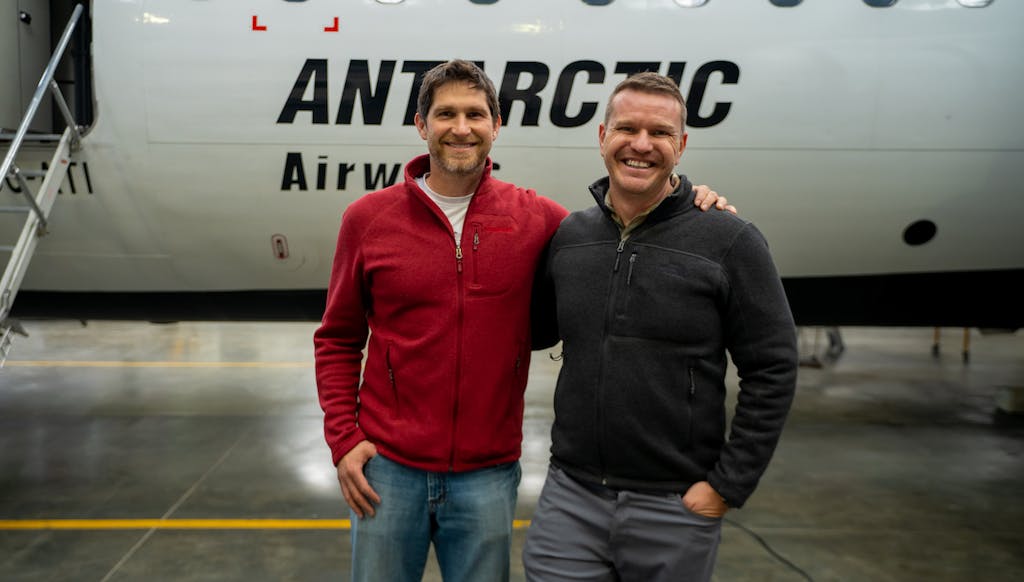
Combrink: We are working with the Chilean government to improve the conditions at King George Island [where DAP Antarctica Airways flights land as part of Silversea’s Antarctica Bridge programme].
One of the things we’re looking to do is improve the navigational tools at the airport as at the moment it is 100 percent visual. So we are looking to install locators which will allow us to have more certainty of flights. [Editor’s note: There is no control tower and pilots have to able to see the end of the runway, which can be problematic in Antarctica with sudden weather changes.]
This season we used the transportation from DAP [Antarctica Airways], two vans and one bus; we’ve now purchased our own 4×4 buses so the guest exchange is smoother.
We have invested in bad weather tents to increase the holding capacity of the terminal, and this will be exclusivity for Silversea. Again, working with DAP Antarctic Airways to upgrade what we were in. We are heavily focusing on that fly-cruise experience, making it easier for the guest and making it a little bit more Silversea-like.
What is the demand like for fly-cruise trips to Antarctica?
I think the beauty of offering a different portfolio – fly-cruise, longer 18-day voyages to South Georgia, short 10-day cruises skipping the Drake Passage – it allows us to cater to everybody’s requirements. We have the guests who don’t want to do the Drake Passage, but fly-cruise is designed not just for that. It’s also for the guest who is short on time.



